preserving history vs cosmetic upgrades
jiggreen
13 years ago
Related Stories
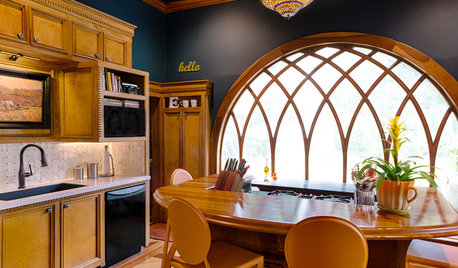
KITCHEN DESIGNKitchen of the Week: Preserving Period Charm in Atlanta
Additions and updates to this kitchen respect the past while meeting the owner's needs in the present
Full Story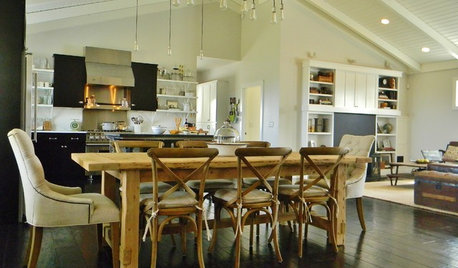
HOUZZ TOURSMy Houzz: History Resonates in a New Washington Farmhouse
Sentimental memorabilia join reclaimed pieces to create a warmly personal home for a family
Full Story
REMODELING GUIDESOriginal Home Details: What to Keep, What to Cast Off
Renovate an older home without regrets with this insight on the details worth preserving
Full Story
HOUZZ TOURSHouzz Tour: Whole-House Remodeling Suits a Historic Colonial
Extensive renovations, including additions, update a 1918 Georgia home for modern life while respecting its history
Full Story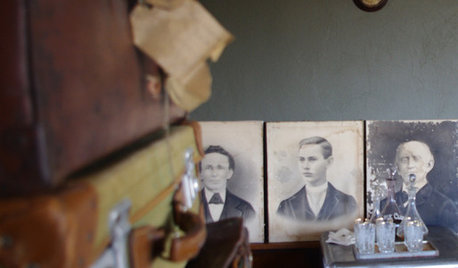
DECORATING PROJECTSWhat to Do With Old Family Photos
Find out how to research, share and preserve images that offer a connection to the past
Full Story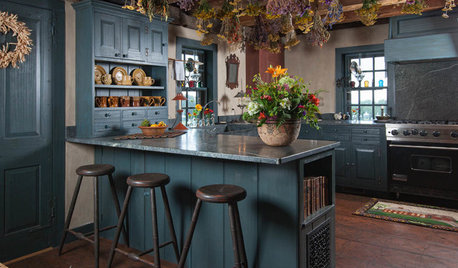
HOUZZ TV FAVORITESHouzz TV: See How Early Settlers Lived in This Restored Pilgrim House
Passionate restoration and preservation efforts give a 1665 home an honored place in the present
Full Story
MOST POPULAR8 Ranch House Renovations Make More Room for Living
See how homeowners have updated vintage homes to preserve their charm and make them function beautifully in today’s world
Full Story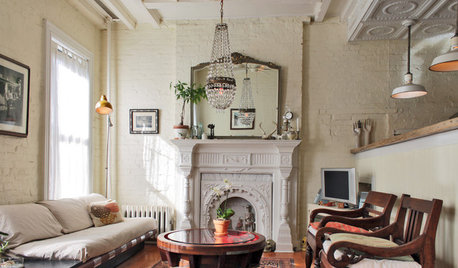
ECLECTIC STYLE5 Reasons to Hit That Secondhand Store
New things have their place, but old things have a history and beauty all their own
Full Story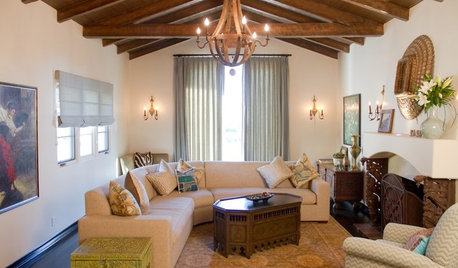
HOUZZ TOURSHouzz Tour: Spanish Colonial–Modern Union in California
Styles, eras and objects from far-flung places happily coexist in this Spanish colonial home
Full Story





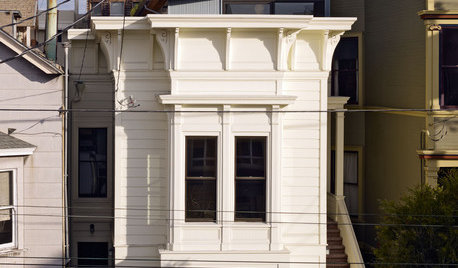


brickeyee
worthy
Related Professionals
Home Remodeling · Commerce City Kitchen & Bathroom Designers · Hillsboro Kitchen & Bathroom Designers · San Jacinto Kitchen & Bathroom Designers · Wentzville Kitchen & Bathroom Designers · Boca Raton Kitchen & Bathroom Remodelers · Eagle Kitchen & Bathroom Remodelers · Pico Rivera Kitchen & Bathroom Remodelers · Red Bank Kitchen & Bathroom Remodelers · Waukegan Kitchen & Bathroom Remodelers · Weymouth Kitchen & Bathroom Remodelers · Dayton Architects & Building Designers · Glens Falls Architects & Building Designers · Pembroke Architects & Building Designers · Spring Valley Architects & Building Designersdavid1948
kindred_ny
brickeyee
sombreuil_mongrel
Carol_from_ny